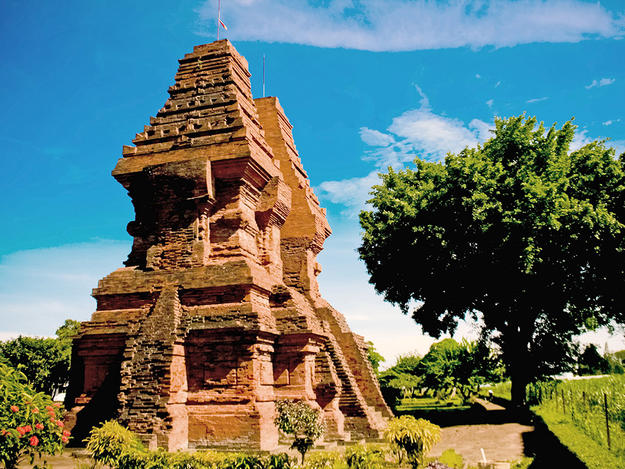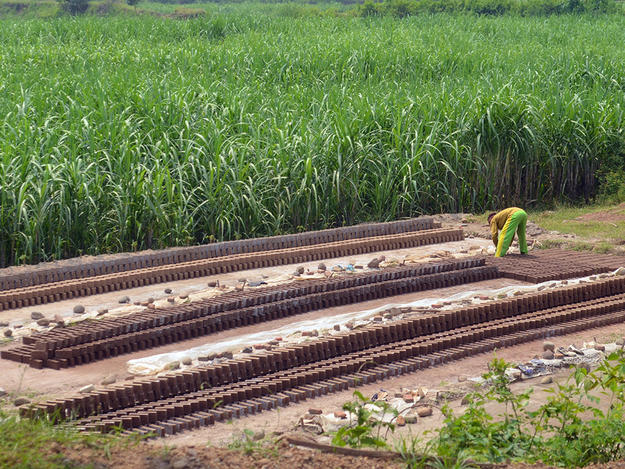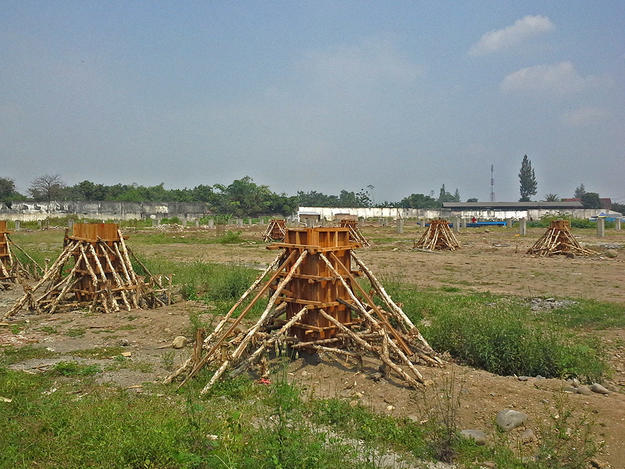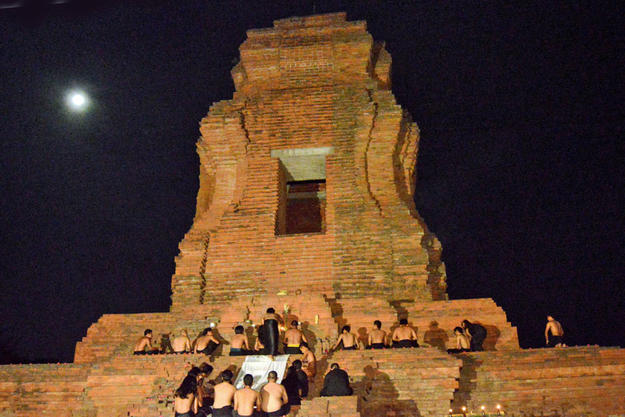Trowulan
2014 World Monuments Watch
The Majapahit Kingdom ruled eastern Java for more than two centuries starting in 1293, exerting political, economic, and cultural influence over most of Indonesia at its peak. The kingdom had its capital at Trowulan, a city built at an inland location on Java, which communicated with ports on the island's northern coast. Majapahit traded extensively with Southeast Asia and China, fueling the growing European demand for Indonesian spices. The people of Majapahit practiced a hybrid of Hinduism and Buddhism, but Muslims also worshiped in the royal capital and would soon spread their faith throughout Indonesia. Much of our modern knowledge of Majapahit comes from the Nāgarakrĕtāgama, a kakawin poem written by Mpu Prapañca in praise of King Hayam Wuruk, who ruled over the Majapahit Kingdom in the middle of the fourteenth century. The poem describes life at the Majapahit court and contains lengthy descriptions of the capital, as well as references to the many foreign merchants who visited Majapahit. Majapahit declined gradually from its peak in the fourteenth century as the kingdom's authority over trade disintegrated. Trowulan itself was conquered in the late fifteenth century and was later abandoned. Research and excavations carried out in the nineteenth and twentieth centuries have unearthed thousands of artifacts and have revealed a fragmented landscape of archaeological remains scattered across an extensive area.
While several structures in Trowulan were restored in 1993 to celebrate the 700th anniversary of the Majapahit Kingdom’s founding, much of the city remains buried underground. Before the site was included on the 2014 World Monuments Watch, plans for the erection of a new steel factory near Trowulan had been developed. The Ministry of Education and Culture temporarily halted the building’s construction with the support of the Indonesian Heritage Trust, but the possibility that the project would be restarted remained imminent. The threat of the factory made it clear that legal protection had to be extended to the entire area where the remains of the ancient city are found, and that the conservation master plan for the site needed to be updated. As much remains to be discovered about Trowulan, better coordination of historical and archaeological research is also required to aid local and international understanding of the site's significance.
Watch Day
Watch Day was celebrated on the last day of the Trowulan Majapahit Festival, which took place over three weekends in November 2014. The event included artistic performances, an exhibition, a book launch, a bazaar featuring local products, and a ritual held on the night of the full moon.
Since the Watch
Following the announcement of the 2014 Watch, the Indonesian Heritage Trust and Save Trowulan continued to publicize the problems associated with the construction of the steel factory. Advocates collected more than 10,000 signatures in an online petition in favor of preservation, addressed to the government of Mojokerto Regency and the province of East Java. As a result, the permit for the construction of the factory at Trowulan was revoked. In December 2013, the site was declared a conservation district.
In June 2014, a small inauguration ceremony marked the opening of Mandala Majapahit, or the Majapahit Corner, in the village hall of Jatisumber. The community resource highlights the archaeological heritage of the area with a library of materials on Javanese history and a small collection of finds. The creation of the Majapahit Corner was an initiative of the Arsari Djojohadikusumo Foundation, supported by local officials and partner organizations including the Indonesian Heritage Trust and the Majapahit Conservation Network.




